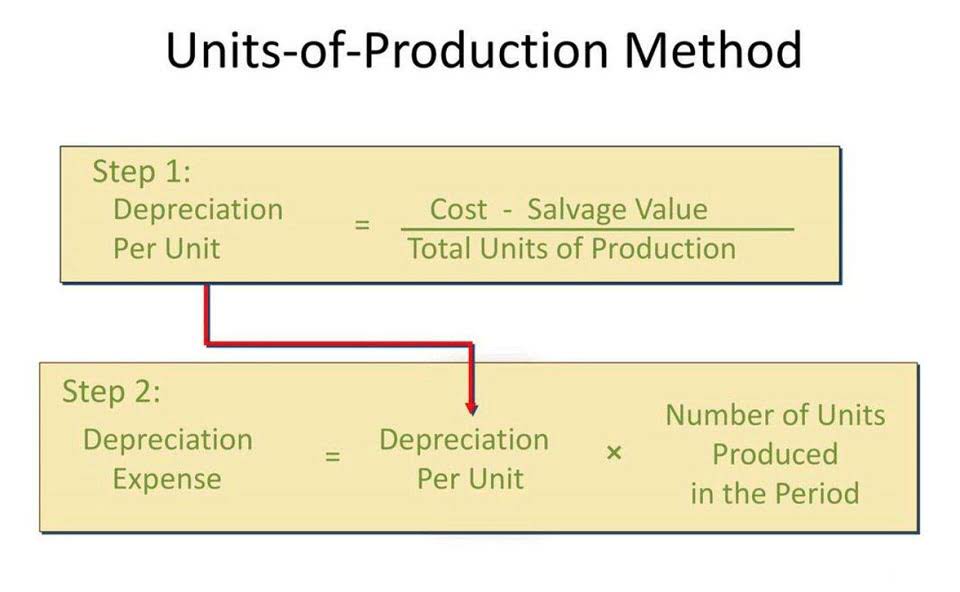
Generally speaking, most companies have an operating cycle shorter than a year. Therefore, most companies measure their Short-Term Assets based on the criteria of whether they can be liquidated into cash within one year. US GAAP uses the title ‘Balance Sheet’, while IFRS uses the title ‘Statement of Financial Position’. This difference in name notwithstanding, both statements report on the three basic elements i.e. assets, liabilities, and equity. It is not intended to provide specific financial, investment, tax, legal, accounting, or other advice and should not be acted or relied upon without the advice of a professional advisor.

#2 – Marketable Securities
For this reason, liquid asset analysis may include the contra asset allowable for doubtful accounts balance to reduce accounts receivable to only what the company thinks they will collect. Cash equivalents are other asset holdings that may be treated similar as cash due to their low risk (or insurance coverage) and short-term duration. Examples of cash equivalents include Treasury bills, Treasury notes, commercial paper, list assets in order of liquidity certificates of deposit (CDs), and money market funds. Note that some items may have less liquidity based on the terms of the vehicle. For example, some CDs can not be broken or require a substantial penalty for early termination. A liquid asset is cash on hand or an asset that can be easily converted to cash.
More great information for small business owners

Liquidity management strategies often involve carefully managing the composition of marketable securities to ensure that the portfolio remains liquid. Financial analysts closely monitor the liquidity position of a portfolio, analyzing the proportion of marketable securities to assess the overall liquidity risk and make informed investment decisions. Understanding the order of liquidity is crucial in finance as it helps assess an entity’s ability to meet its short-term obligations and manage cash flow effectively. For small businesses and start-ups, building one’s liquidity takes priority over acquiring illiquid assets. Once the business is up and running and has a healthy cash fund to weather unexpected expenses and sudden crises, then it can start thinking beyond liquid assets.

#5 – Prepaid expenses
Government bonds may take a bit longer but still qualify as current assets in most cases. On a balance sheet, assets are always listed in order of liquidity from high to low. This enables anyone reviewing the financials to immediately grasp which assets can readily be converted into cash if needed. Cash is the most liquid asset, followed closely by cash equivalents like money market accounts and CDs.
- Fixed assets, such as equipment, require a market for selling, and so usually rank lower on a balance sheet, and goodwill is only realized upon sale of the business.
- The order of liquidity concept is not used for the revenues or expenses in the income statement, since the liquidity concept does not apply to them.
- Order of liquidity in finance refers to the ranking of assets based on how quickly they can be converted into cash without significantly affecting their value.
- However, an extremely high level of liquidity can also indicate inefficiency, as excess capital might be better used for business growth.
- Improve your company’s liquidity with our Corporate Cards, so you can cover all your bills and payments at any time.
- Illiquid is just a fancy way of saying that you don’t have the immediate cash to meet a pressing need.
High inventory levels can lead to increased storage costs, risks of obsolescence, and potential write-downs. First and foremost, liquidity plays a pivotal role in facilitating the smooth operation of financial markets. It enables market participants to swiftly buy and sell assets, thereby ensuring the seamless flow of capital and the efficient allocation of resources.
Because stocks can be sold using electronic markets for full market prices on demand, publicly listed equity securities are liquid assets. Liquidity can vary by security, however, based on market capitalization and average share volume transactions. The quick ratio is a more stringent solvency ratio that looks at a company’s ability to cover its current liabilities with just its most liquid assets.
- As such, the long-term assets portion of the balance sheet includes non-liquid assets.
- A quick sale can have some negative effects on the market liquidity overall and will not always generate the full market value expected.
- A company that is financially healthy should have enough current assets such as cash or account receivables to settle their current liabilities.
- We will explore the importance of understanding the order in which assets can be converted into cash, known as liquidity.
- Below is an example of how many common investments are typically ranked in terms how quickly and easily they can be turned into cash (of course, the order may be different depending on the circumstances).
Current liabilities are obligations due within one year, such as accounts payable, short-term debt, and accrued expenses. Non-current liabilities, like long-term debt and deferred tax liabilities, are those due beyond one year. Both categories are generally presented in order of their maturity, mirroring the liquidity principle applied to assets.
Accounts Payable Meaning, Examples and Accounting Definition
Explore everything you need to know about the concept of gym bookkeeping liquidity with our simple guide. Understanding the order of liquidity is paramount for investors, as it informs their asset allocation decisions, risk management strategies, and the assessment of investment opportunities. By recognizing the liquidity hierarchy of assets, investors can tailor their portfolios to align with their liquidity preferences, investment horizon, and risk tolerance. The importance of liquidity cannot be overstated, as it directly influences the stability and efficiency of financial markets. Investors and financial institutions rely on liquidity to meet their short-term obligations, manage risk, and capitalize on investment opportunities.
What is the order of liquidity in accounting?
Non-current assets are listed after current assets and include resources that provide value over the long term. Incorporating order of liquidity considerations in financial modeling can lead to more accurate forecasting of cash flows and better risk management. This, in turn, enhances the overall financial decision-making process and performance evaluation of companies. Understanding the https://raketbeagency.com/what-is-an-outstanding-check-pnc-insights/ order of liquidity in financial analysis is crucial as it provides insights into an entity’s liquidity position, cash flow management, and risk exposure.

Current assets are those expected to be converted into cash, sold, or consumed within one year or one operating cycle, whichever is longer. Liquid assets include cash, money market instruments, short-term bonds, marketable securities, and other investments that can be exchanged for cash relatively quickly and without losing much value. Individuals and businesses track liquid assets as a portion of their net worth. Examples of such assets include long-term investments, prepaid expenses, deferred tax assets, and intangible assets like goodwill.

Leave a Reply
You must be logged in to post a comment.